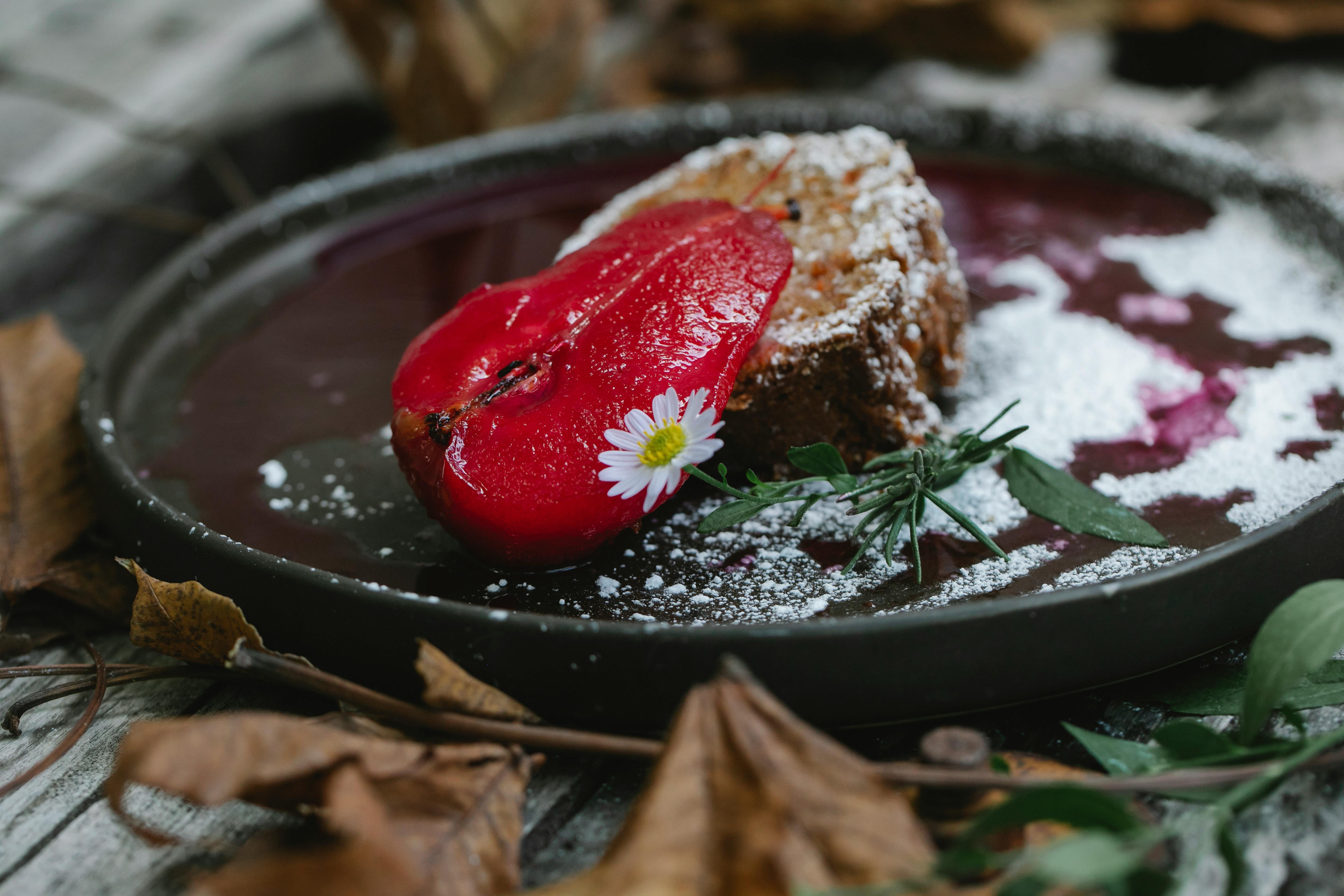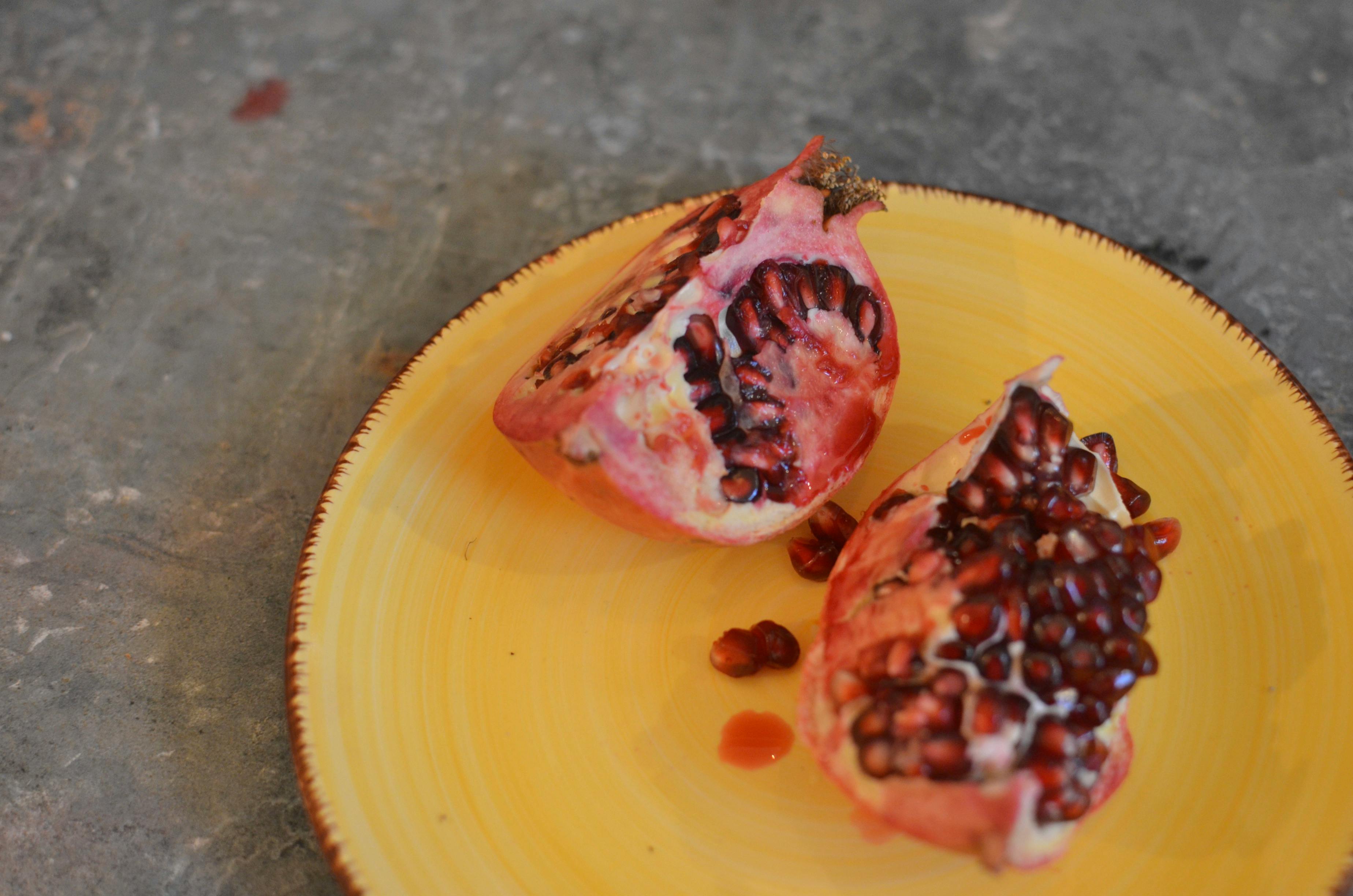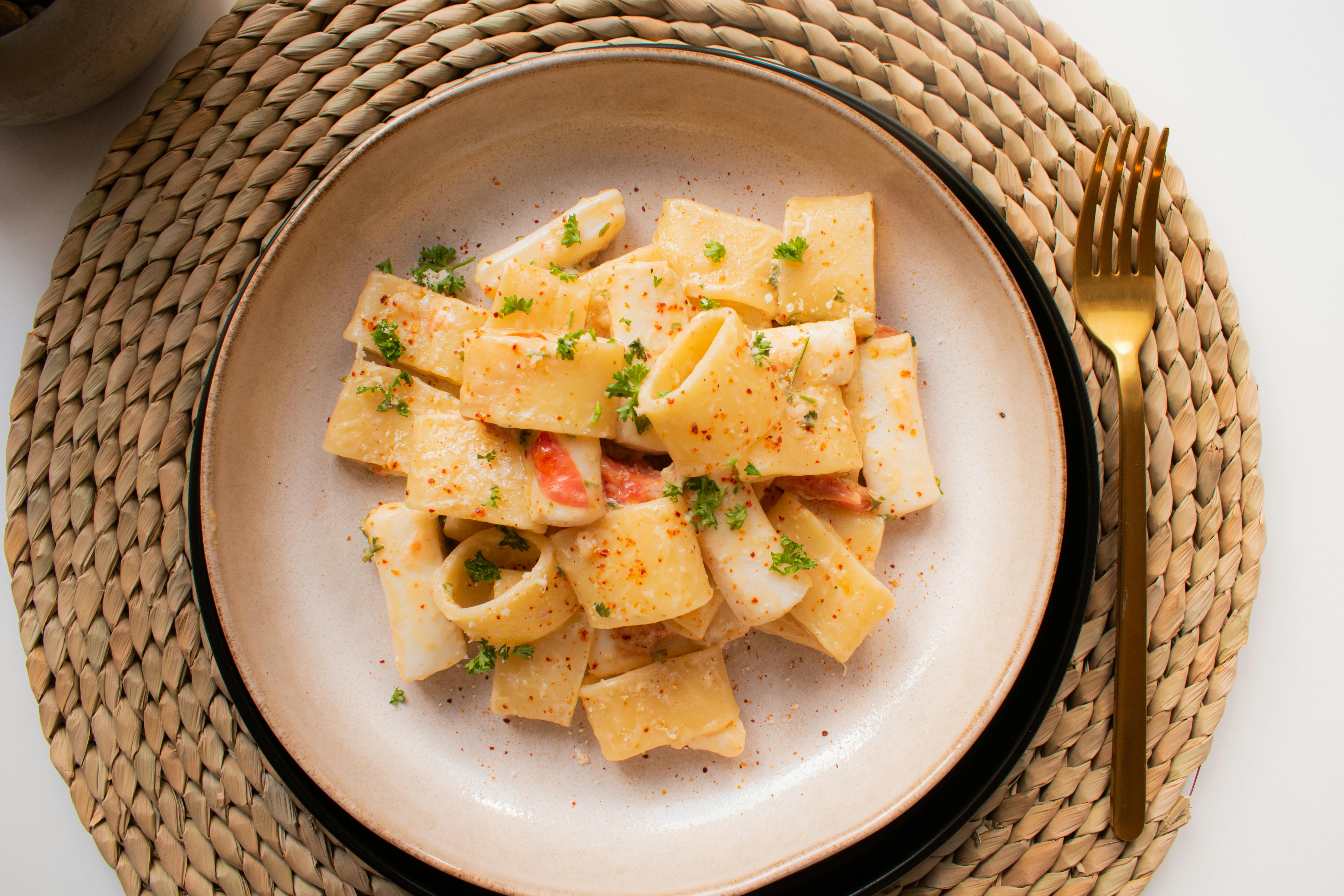Today, glass is created in many countries around the world, and many countries are developing a reputation for excellent glass art. But, for many centuries, there were two places that produced great glass art: Murano in Italy and various places in Bohemia, in what is now the Czech Republic.
lampwork glass
The small Italian island of Murano, in the Venetian lagoon, was the center of world glass production since the 14th century. Famous for their mouth-blown glass of exquisite shapes and forms, Murano artists developed many new techniques that are still used today, such as crystal glass, enameled glass (smalto), glass with gold threads (aventurine), multicolored ( millefiori), milk (lattimo), to mention just a few.
Murano glass was also famous for its colors. The way of coloring was by using different coloring agents and chemicals. A coloring agent was ground, mixed, and then melted into the glass. Many of these coloring agents are still in use today.
For many centuries, Murano was the center of a lucrative export trade in tableware, chandeliers, and mirrors. The techniques used by Venetian glassmakers were kept very secret, so Murano managed to maintain a monopoly on glassmaking for centuries. What made Murano so different in composition from all the others was that the local quartz pebbles were almost pure silica, ground into very fine sand. Combined with soda ash from the Levante, the Murano makers were able to produce glass of exceptional quality. It helped that they had a monopoly on the importation of soda ash.
bohemian glass
What makes Bohemian glass or Bohemian glass so different from Murano glass is that it is decorated by frosting, the technique called cold-worked glass. This technique was used in Bohemia (today the Czech Republic) and Silesia (today Poland) from the 13th century. Many of the best Bohemian glass brands were originally formed in Venice, which was already the world center for manufacturing.
Bohemian glass owes its original popularity to the gem-cutting craze that spread across Europe in the 14th century. Glass was faceted to mimic real gems in response to the demand for affordable yet pretty jewelry. This created a large craft industry for beadwork, which is still the main product from this region today. The Bohemian bead-making technique involved pressing molten glass into a mold, allowing the production of thousands of identical copies. The glass beads were then coated with gold or bronze metal finishes.
The competition between the Bohemians and the Murano people had always been fierce, even though they produced very different glass art objects, using very different techniques. Murano has always been famous for its unique glassmaking techniques, glass blowing and handcrafted objects, even when it came to glass beads.
Bohemian glass was cold-worked glass, decorated by grinding, and the beads were and still are made by machine. This divide extends to contemporary glass lovers who are also sharply divided between those who prefer one type of glass over another, particularly when it comes to glass beads. Fortunately for both Murano and Czech bead makers, there are enough fans of both types to enable a thriving bead industry and a thriving hobby throughout the world.









